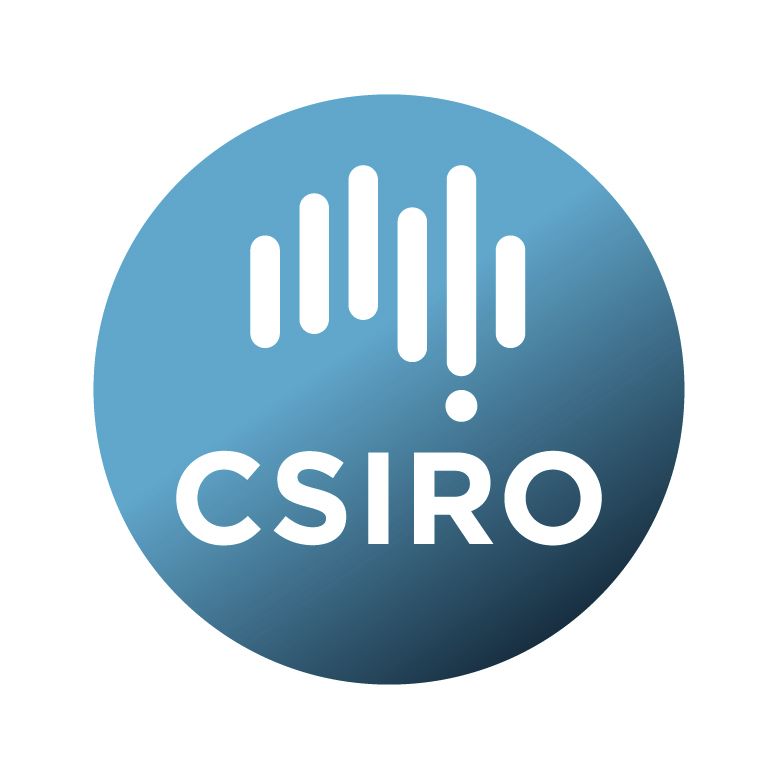Brief description
The red macroalga Asparagopsis taxiformis has been shown to significantly decrease methane production by rumen microbial communities. This has been attributed to the bioaccumulation of halogenated methane analogues produced as secondary metabolites. The objective of this study was to evaluate the impact of A. taxiformis supplementationon the relative abundance of methanogens and microbial community structure using an in vitro rumen fermentation model. Addition of A. taxiformis (2% organic matter) or the halogenated methane analogue bromoform (5 µM) reduced methane production by over 99% compared to a basal substrate only control. Quantitative PCR confirmed that the decrease in methane production was correlated with a decrease in the relative abundance of methanogens. High throughput 16S ribosomal RNA gene amplicon sequencing showed that both treatments reduced the abundance of the three main orders of methanogens present in ruminants (Methanobacteriales, Methanomassiliicoccales and Methanomicrobiales). Shifts in bacterial community structure due to the addition of A. taxiformis and 5 µM bromoform were similar and concomitant with increases in hydrogen concentration in the head space of the fermenters. With high potency and broad-spectrum activity against the diversity of rumen methanogens, A. taxiformis represents a promising natural strategy for reducing enteric methane emissions from ruminant livestock.Lineage: 16S ribosomal RNA gene amplicon sequencing data
Available: 2017-01-02
Subjects
Biological Sciences |
Microbiology |
Microbiology Not Elsewhere Classified |
bromoform |
livestock |
methane |
rumen |
seaweed |
User Contributed Tags
Login to tag this record with meaningful keywords to make it easier to discover


